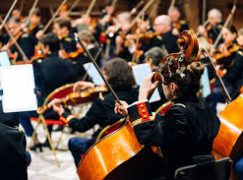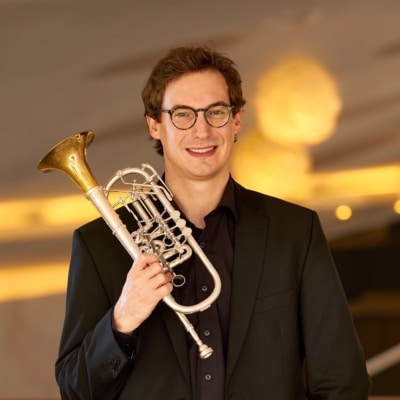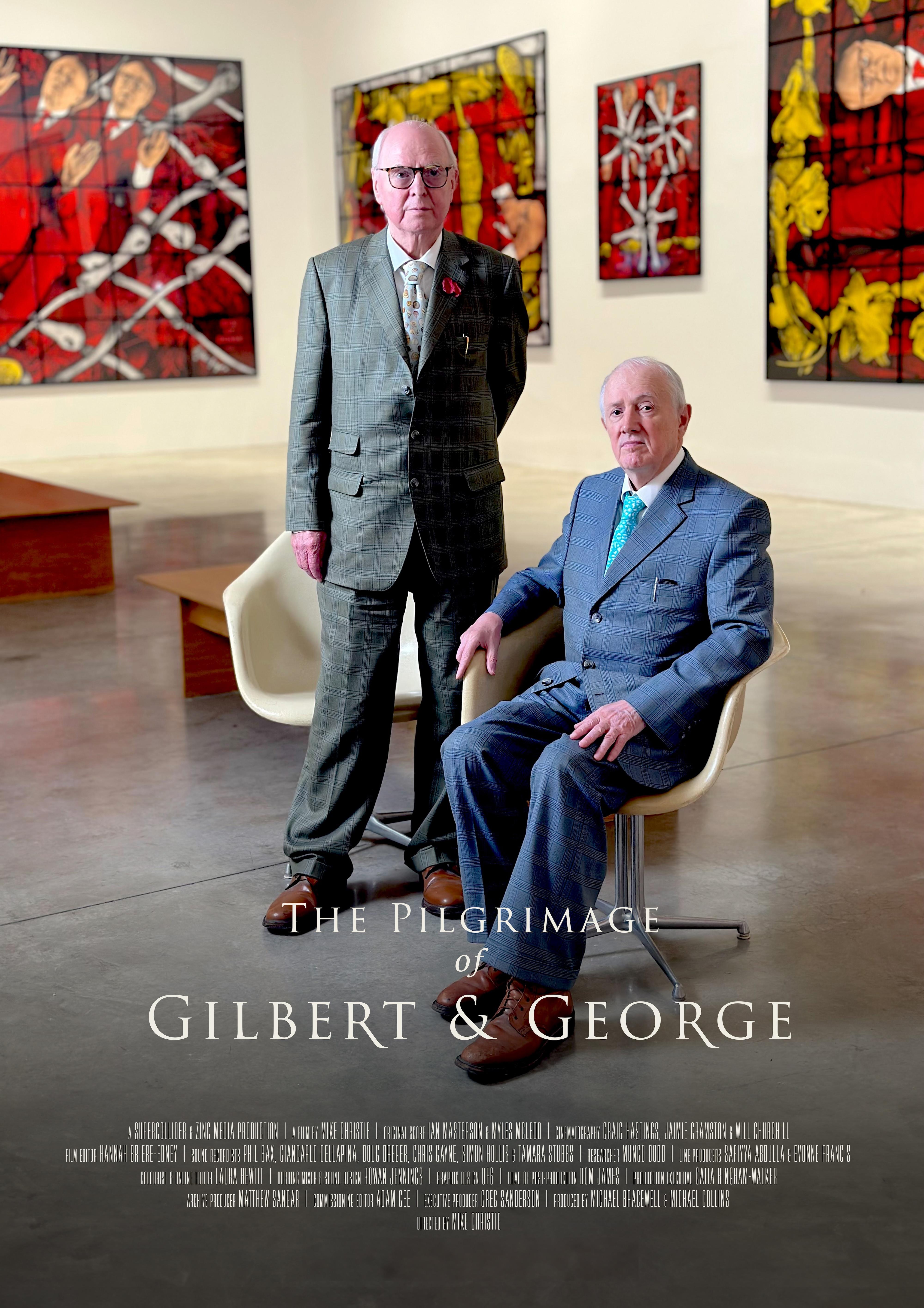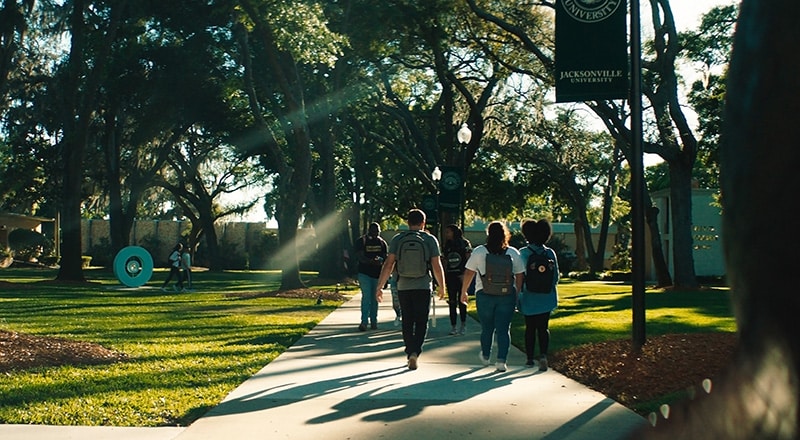Orchestra gives all musicians iPads to replace printed scores
mainThe Orchestre National d’Ile-de-France will equip all of its 120 musicians with iPads next month with a view to abolishing printed notes and music stands.
The first all-iPad concert will take place in October.
The technology has been developed by a French start-up, Newzik, which is also working with the Vienna State Opera.






Comments